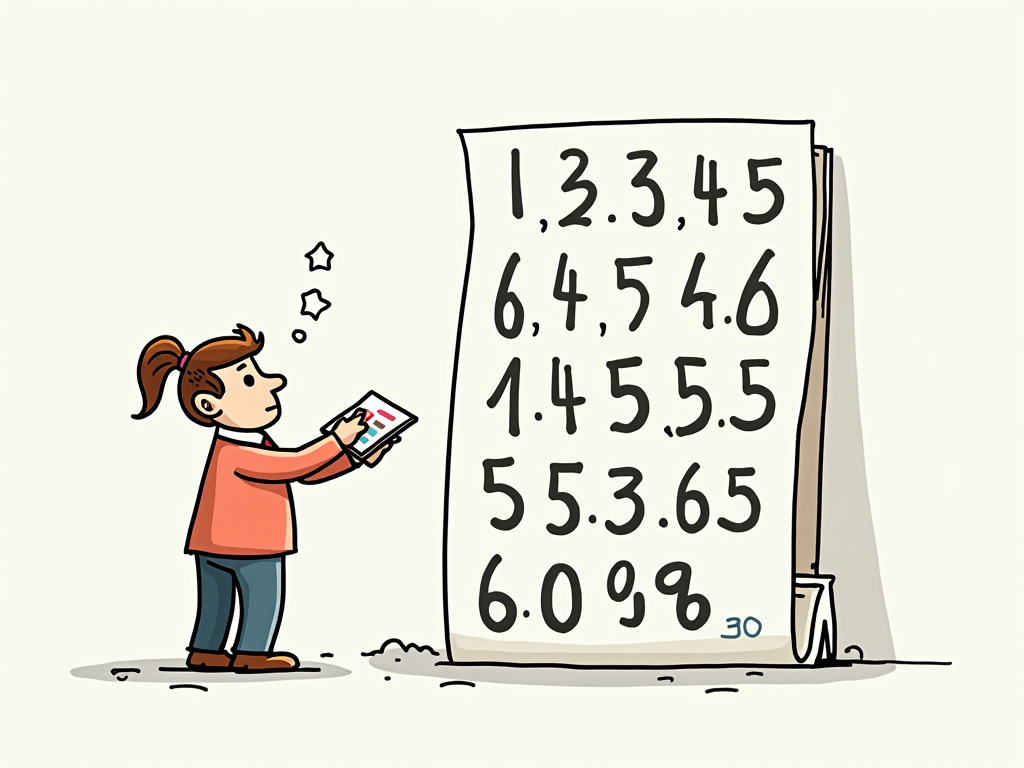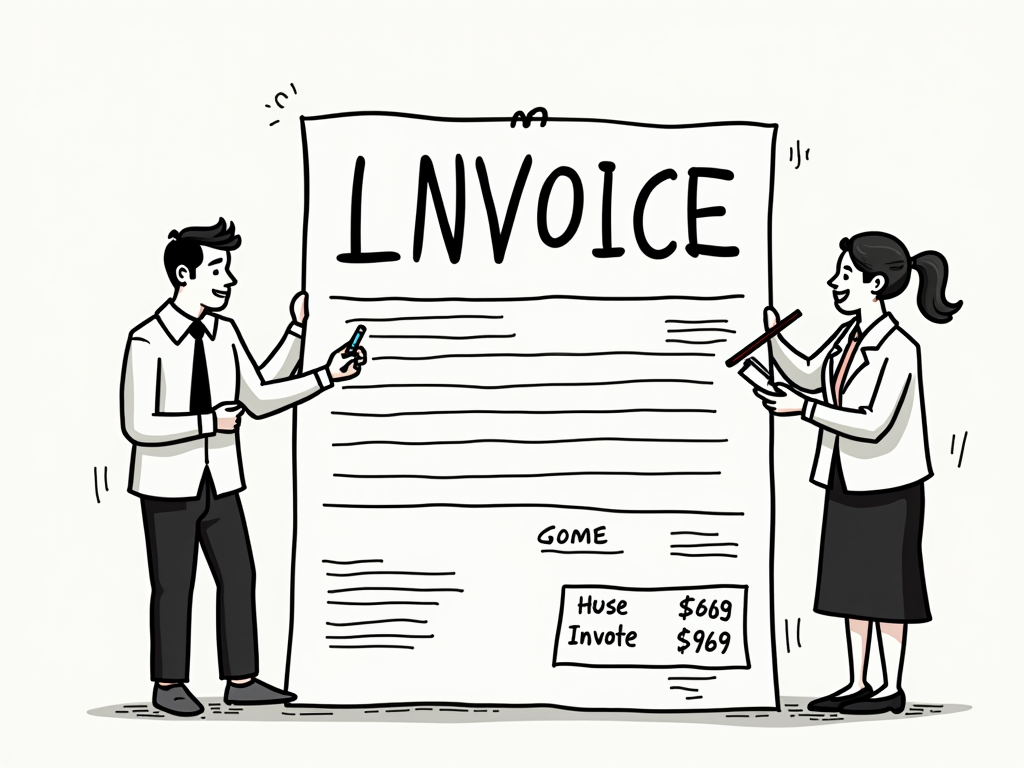
Business Expenses Deduction for Freelancers in Spain: Maximizing Your Tax Benefits
Reading time: 12 minutes
Table of Contents
- Introduction to Freelancer Taxation in Spain
- Eligible Business Expenses for Deduction
- Documentation Requirements and Record-Keeping
- Módulo vs. Estimación Directa: Choosing Your Tax Regime
- Common Mistakes and How to Avoid Them
- Digital Tools for Expense Tracking
- Real-World Case Studies
- Conclusion
- Frequently Asked Questions
Introduction to Freelancer Taxation in Spain
Navigating Spain’s tax landscape as a freelancer (or autónomo) often feels like walking through a bureaucratic labyrinth. You’re not just a professional in your field—you’re suddenly thrust into becoming a tax expert, accountant, and legal advisor all rolled into one.
Let’s be direct: Spain’s tax system for freelancers is notoriously complex, but understanding which business expenses you can deduct could be the difference between merely surviving and actually thriving financially.
When I first became an autónomo in Madrid, I was shocked to discover that many of my colleagues were paying significantly more tax than necessary simply because they weren’t properly tracking or declaring eligible expenses. The truth is, strategic expense management isn’t about cutting corners—it’s about exercising your legal right to reduce your tax burden.
In Spain, freelancers typically pay:
- Monthly social security contributions (starting at approximately €294 for most new freelancers in 2023)
- Personal income tax (IRPF) ranging from 19% to 47% depending on income brackets
- VAT (IVA) at 21% for most professional services
But here’s what many don’t realize: properly documented business expenses can significantly reduce your taxable income base, directly impacting how much IRPF you ultimately pay.
Eligible Business Expenses for Deduction
The fundamental rule for expense deductibility in Spain is straightforward: an expense must be directly related to your economic activity and be properly documented. But the practical application of this rule requires nuance.
Workspace and Home Office Deductions
If you’re like 68% of Spanish freelancers who work primarily from home (according to a 2022 UPTA study), this category deserves your careful attention.
When working from home, you can deduct a percentage of your housing expenses proportional to the space used exclusively for professional activities. This includes:
- Rent or mortgage interest: Calculate the percentage of your home used exclusively for work
- Utilities: Electricity, water, internet, phone
- Property taxes: The proportional part related to your workspace
- Home insurance: The percentage corresponding to your office space
Here’s the strategic approach: If your home office occupies 20% of your total living space, you can generally deduct 20% of these expenses. However, the Agencia Tributaria has become increasingly vigilant about home office claims.
Pro Tip: Create a floor plan of your home indicating the work area and take photos documenting the professional use of the space. In case of an inspection, this preparation can make all the difference.
Transportation and Travel Expenses
Transportation costs are deductible when directly related to your business activities, but with specific limitations:
- Vehicle expenses: If your vehicle is used exclusively for business, 100% of expenses (fuel, insurance, maintenance, depreciation) are deductible. With mixed personal/professional use, the deduction is limited to the documented professional portion.
- Public transportation: Fully deductible when used for business travel (retain all tickets and receipts)
- Parking and tolls: Deductible when related to business activities
- Business trips: Accommodation, meals (with limitations), and transportation
Consider this scenario: María, a freelance marketing consultant in Barcelona, regularly visits clients throughout Catalonia. She meticulously tracks her journeys using a digital app that logs starting points, destinations, kilometers traveled, and visit purposes. When the tax authority questioned her vehicle expense claims during a review, her detailed records substantiated every deduction, resulting in full acceptance of her claims.
Important limitation: For meal expenses during business trips, the deduction is capped at €26.67 per day for domestic travel and €48.08 for international travel. These must be paid by credit card or bank transfer—cash payments are increasingly scrutinized.
Equipment and Technology Investments
Technology investments represent some of the most straightforward deductions available to freelancers:
- Computers and electronic devices: Laptops, tablets, smartphones, printers, scanners
- Software and digital subscriptions: Design software, accounting programs, cloud storage
- Office furniture: Ergonomic chairs, desks, filing cabinets
- Professional books and publications: Reference materials relevant to your field
For substantial investments like computers or specialized equipment, you’ll need to apply amortization (depreciation) over several years rather than deducting the full amount in one year. Current regulations generally allow computer equipment to be depreciated over a minimum of 4 years.
Documentation Requirements and Record-Keeping
The golden rule of Spanish tax deductions: Without proper documentation, there is no deduction. Spanish tax authorities require:
- Official invoices with your NIF/NIE number
- Proof of payment (bank statements preferred over cash receipts)
- Clear business purpose for each expense
- Documentation retained for at least 4 years (the standard inspection period)
Implement a systematic approach to documentation:
- Scan receipts immediately using a dedicated app
- Categorize expenses monthly
- Maintain separate business and personal accounts
- Create digital and physical backup systems
Consider this real case: Javier, a freelance photographer in Madrid, faced a tax audit questioning €12,000 in equipment purchases. Because he had maintained meticulous records—including invoices, bank transfers, equipment serial numbers, and even photographs of the equipment in professional use—he successfully defended every deduction without penalties.
Módulo vs. Estimación Directa: Choosing Your Tax Regime
Spanish freelancers must choose between two primary tax regimes, each with distinct implications for expense deductions:
| Feature | Estimación Directa Simplificada | Estimación Directa Normal | Régimen de Módulos |
|---|---|---|---|
| Annual Revenue Limit | €600,000 | No limit | €250,000 |
| Expense Deduction | Actual expenses + 5% general deduction (max €2,000) | Actual expenses | Fixed calculations regardless of actual expenses |
| Accounting Requirements | Simplified books | Complete accounting books | Minimal record-keeping |
| Best For | Most freelancers with significant expenses | High-revenue businesses with complex operations | Specific sectors with low expense ratios |
| Documentation Burden | Medium | High | Low |
The vast majority of freelancers benefit most from the Estimación Directa Simplificada regime, which allows deduction of actual expenses plus an additional 5% general deduction (capped at €2,000) for miscellaneous costs.
The Módulos system, while simpler administratively, typically results in higher tax payments for professionals with significant legitimate business expenses.
Common Mistakes and How to Avoid Them
Based on consultations with Spanish tax advisors, these are the most frequent and costly errors freelancers make:
- Mixing personal and professional expenses: That restaurant bill where you briefly discussed work? Unless it was a formal business meeting with documented business purpose, it’s likely not deductible.
- Missing the proportionality principle: Deducting 100% of expenses for items with mixed personal/professional use immediately raises red flags.
- Neglecting invoice requirements: Spanish invoices must contain specific elements including your NIF/NIE, the provider’s information, date, invoice number, service description, and applicable taxes.
- Cash payment without documentation: Cash payments above €1,000 are not deductible under any circumstances, and even smaller cash payments face increased scrutiny.
- Claiming excessive entertainment expenses: Client entertainment expenses are deductible but are frequently challenged in audits without substantial documentation of business purpose.
Alberto, a freelance IT consultant, learned this lesson the hard way when he deducted a new high-end laptop, smartphone, and tablet all in the same quarter without documenting how each device served a distinct business purpose. During an inspection, he could only justify the laptop deduction, resulting in additional tax payments plus penalties for the other items.
Digital Tools for Expense Tracking
Effective expense management increasingly relies on digital solutions. These tools have proven particularly valuable for Spanish freelancers:
- Dedicated accounting software: Platforms like Debitoor, Holded, and QuickBooks offer Spain-specific features adapted to local tax requirements
- Receipt scanning apps: Expensify and Receipts by Wave automatically extract key information from receipts
- Mileage trackers: MileIQ and TripLog simplify transportation expense documentation
- Bank integration tools: Many Spanish banks now offer business accounts with expense categorization features
Your technology stack should reflect your business complexity. A graphic designer with relatively straightforward expenses might only need a simple receipt scanning app and basic accounting software. Meanwhile, a consultant with frequent travel, multiple clients, and complex project-based expenses would benefit from a more comprehensive solution.
Real-World Case Studies
Case Study 1: The Digital Nomad Developer
Carlos, a freelance software developer based in Valencia, routinely works from different locations including his home office, coworking spaces, and occasionally from other EU countries. His tax optimization strategy includes:
- A dedicated 18m² home office in his 90m² apartment, allowing him to deduct 20% of housing costs
- Monthly memberships to coworking spaces (100% deductible)
- Carefully documented business trips, including accommodations and allowable meal expenses
- Technology investments depreciated appropriately over 4-5 years
- Professional development courses and technical reference materials
By implementing proper documentation systems and working with a specialized autónomo tax advisor, Carlos reduced his taxable income by approximately €12,000 in 2022, saving over €3,000 in income tax while remaining fully compliant with Spanish regulations.
Case Study 2: The Multi-Service Creative Professional
Elena operates as a freelance marketing consultant, content creator, and occasional event organizer in Madrid. Her business involves varied expenses and multiple revenue streams. Her expense management approach includes:
- Separate tracking for different service lines to identify profitability by activity
- A part-time assistant whose salary and social security contributions are fully deductible
- Photography and video equipment, properly depreciated according to regulatory schedules
- Client meetings and networking events with thorough documentation of business purposes
- Professional liability insurance premiums
Elena’s meticulous approach saved her during a limited tax review in 2021, when authorities questioned her client entertainment expenses. Her detailed records—including meeting agendas, follow-up emails, and subsequent project contracts—demonstrated clear business purposes for these expenditures.
Conclusion
Mastering business expense deductions as a Spanish freelancer isn’t merely about tax compliance—it’s about building financial resilience in a system where the self-employed already face substantial fiscal pressures. The autonomous worker contribution rates in Spain rank among Europe’s highest, making intelligent expense management not just advisable but essential.
The most successful Spanish freelancers approach expense deductions as a year-round strategic practice rather than a last-minute scramble before quarterly or annual filings. They understand that the goal isn’t to claim every possible deduction but to claim every legitimate deduction with proper documentation.
Remember these guiding principles:
- Business relevance must be demonstrable for every expense claimed
- Documentation quality often matters more than the deduction amount
- When in doubt, consult a tax professional with specific autónomo expertise
- Tax regulations evolve—stay informed about regulatory changes
With methodical expense tracking, proper documentation, and strategic planning, you can significantly reduce your tax burden while maintaining complete compliance with Spanish regulations. Your future financial stability depends not just on earning more but on strategically managing what you’ve earned.
Frequently Asked Questions
Can I deduct health insurance as a Spanish freelancer?
Yes, with specific limitations. Health insurance premiums for yourself, your spouse, and dependent children under 25 are deductible up to €500 per person annually. If anyone covered has a disability, this limit increases to €1,500. This deduction applies to both private health insurance and complementary coverage beyond Spain’s public healthcare system. Keep in mind that this is a personal income tax deduction rather than a business expense deduction.
How does the “3-rule” for restaurant expenses work in Spain?
The “3-rule” (regla del 3) is a practical guideline rather than an official regulation. It suggests limiting business meal deductions to approximately 3 per week to avoid raising red flags with tax authorities. While there’s no explicit legal limit on how many business meals you can deduct, statistical anomalies trigger reviews. More important than the number is proper documentation: pay by card, keep itemized receipts, note attendees and business purpose, and ideally have some tangible outcome (contract, proposal, follow-up email) linked to the meeting.
Can I deduct professional development and education expenses?
Yes, but with important nuances. Training directly related to your current professional activity is fully deductible. For example, a graphic designer can deduct advanced Photoshop courses, but general business management courses might face scrutiny unless directly applicable to your specific business needs. University degrees or courses that qualify you for an entirely new profession typically aren’t deductible. The key test: Does this education maintain or improve skills used in your current profession (deductible) or prepare you for a new field (generally not deductible)? Always retain course descriptions, certificates of completion, and documentation showing relevance to your current business activities.


















